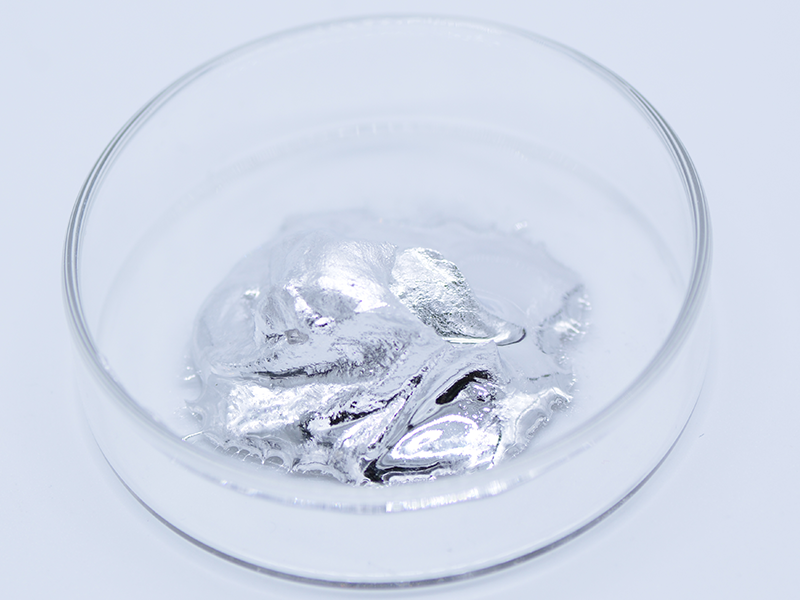Liquid metals have a very large thermal conductivity, which allows them to achieve large heat transfer coefficients and achieve efficient energy exchange at low temperatures. Since this memory condition relies on efficient molecular energy transfer, large single-phase results can be obtained within simple geometries. In other words, a large increase in the heat transfer coefficient of liquid metal (3 to 20 times) is possible. The old one that significantly increased the heat transfer coefficient should allow higher heat flux during work, while maintaining a constant temperature This is a major limitation of the design of the former molten salt receiver.
Therefore, in the receiver area, the liquid metal can also reduce the overall capital investment; in addition, higher receiving efficiency can be achieved by improving the heat transfer performance. Usually in a thermal power station, the ideal result is to have a higher temperature to achieve greater thermodynamic efficiency. The solar photovoltaic efficiency as a whole should also consider the impact of optical aspects and receiver performance. The state-of-the-art central receiving system is a subcritical steam Rankine cycle operated by nitrate. In general, when operating to a high steam temperature of 630 ° C, the overall photoelectric efficiency of wet and dry condensers increases by 8-12%. However, the higher temperatures required to implement this advanced power cycle cannot be achieved with molten salts at all, as their temperature is limited to 560 ° C. Direct application of solar thermochemical processes at high operating temperatures is feasible. The development of industrial processes in chemical reactors at high temperatures is necessary, and molten metal can stably perform the function of a thermal fluid.
Application of high temperature liquid metal in heat engine cycle
700 ° C ultra-supercritical steam turbine cycle: With the development of solar modules (receivers, storage systems, and solar modules) compared to other high-temperature concepts, the relatively low development demand for future 700 ° C ultra-supercritical steam power modules can be achieved through liquid Heat transfer provided. An outlet temperature of 700 ° C is necessary for such receivers, and nickel-based alloys can help overcome physical issues. In the temperature range corresponding to the receiving system and storage system, it is necessary to develop a steam cycle temperature exceeding 700 ° C. It can be seen that the main risks related to the feasibility of this concept are nickel welding problems and transient strains, as well as corrosion problems.
Open gas turbine cycle: the lowest 600 ℃ gas in the combined cycle. The steam power module has been commercialized and can be improved on the basis of the advanced technology of current coal-fired and gas-fired power plants. Adopted-solar-gas turbines have significant advantages over other conventional Taigangneng power plants. Although there is no commercial scale, the concept of using compressed air as the heat sink receiver has been extensively studied.
Closed Gas Turbine Cycle: In a closed cycle, it can be used to replace air with an optional inert gas, resulting in more efficient power conversion. Similarly, the high-temperature heat energy collected in an open cycle must be transferred by a heat exchanger or indirect or direct contact type. Direct contact heat exchangers are attractive from a cost reduction point of view, but practical issues involving pressure seals and Rankine-Steam delivery to steam turbines need to be addressed. Similar to the open gas turbine cycle, the closed cycle needs additional development. The main method to reduce costs is related to the partial load in the closed Brayton cycle.







